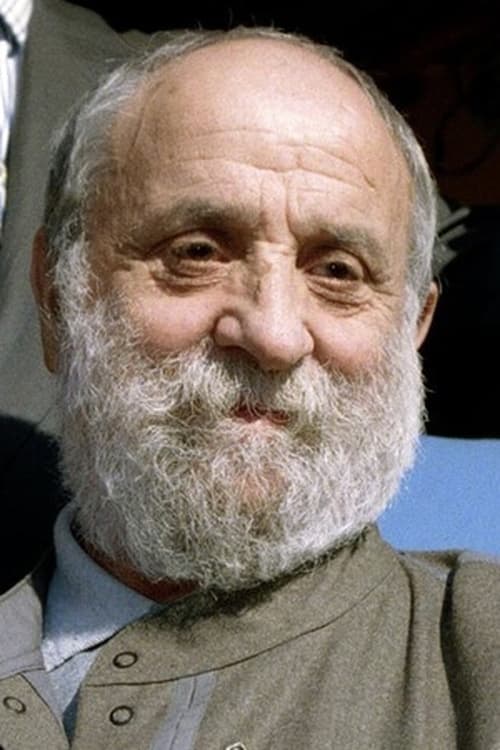César (1971)
Documentary about French artist César Baldaccini
Género : Documental
Tiempo de ejecución : 50M
Director : Jean-Daniel Pollet, Guy Séligmann
Sinopsis
In 1971, Jean-Daniel Pollet & Guy Seligmann directed for French TV a documentary about French artist César Baldaccini. It was part of L'invité du dimanche show.
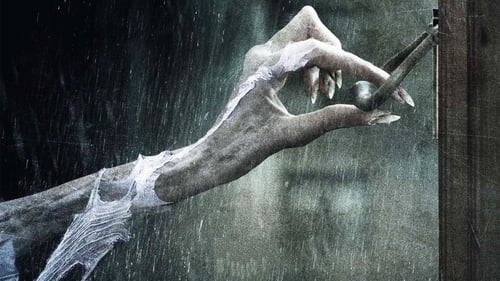
Una madre con sentimiento de culpa (Sackhoff) quiere volver a conectar con su hija (boynton) a la que había abandonado. Para salvar a su trastornada hija, deberá descubrir la terrible verdad que se esconde tras una leyenda urbana sobre una vengativa y demoníaca bruja.

From the heads of Roman Emperors to the 'blood head' of contemporary British artist Marc Quinn, the greatest figures in world sculpture have continually turned to the head to re-evaluate what it means to be human and to reformulate how closely sculpture can capture it. Witty, eclectic and insightful, this film is a journey through the most enduring subject for world sculpture, one that carves a path through politics and religion, the ancient and the modern. Actor David Thewlis has his head sculpted by three different sculptors, while the Archbishop of Canterbury Dr Rowan Williams, artist Maggi Hambling and art critic Rachel Johnston discuss art's most enduring preoccupation, ourselves.
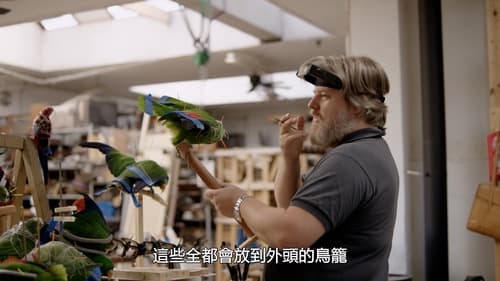
An inside look into the world of taxidermy and the passionate artists from all over the world who work on the animals.

“The artist, in his movement towards the ideal, upsets the stability of any one society. Society aspires to achieve stability; the artist aims for infinity. That is the artist’s responsibility and the spiritual sacrifice demanded of him.” Rui Chafes, O Perfume das Buganvílias, 2012 (19).

The Spanish sculptor meditates about his life and work

“Christo: Works in Progress” takes us around the world on a showcase of the artist’s grand environmental installations. With both critique and praise from members of the communities that have hosted Christo and his works, the film takes a deep look into the process and outcome of pieces such as Wrapped Coast, Running Fence, and Wrapped Walkways. While discussing his inspirations and motives, Christo states, “The work of art is not the fabric, steel poles and cable, the work of art is the hills and the ocean, the sky, the gates, the rocks, the people, the light- this is the work of art.” (Christo Vladimirov Javacheff) Though his work may appear to be visually distracting from the landscapes he creates in, Christo’s aim is to bring attention to the land itself and encourage people to take note of their surroundings.
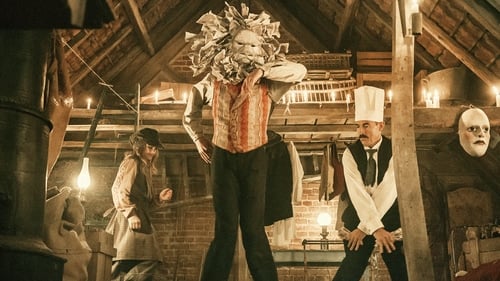
Noviembre de 1919. Dos supervivientes de las trincheras, uno un magnífico ilustrador y el otro, un modesto contable, montan una estafa sobre los monumentos a los muertos de la guerra. En la Francia de los años veinte, el proyecto se convierte en algo tan peligroso como espectacular.

North Star: Mark di Suvero is a 1977 documentary film about Mark di Suvero that was produced by François de Menil and Barbara Rose. Born in 1933, di Suvero has become one of the most recognized sculptors of the late 20th and early 21st centuries. From about 1975 to 1977, fairly early in di Suvero's long career, filmmaker de Menil and art historian Rose produced this film, which was characterized at the time as "a tribute to the extraordinary work and life of the innovative American sculptor of monumental but delicate constructions." The film shows di Suvero making and installing several of his very large sculptures, and incorporates informal interviews of di Suvero, his mother, and others involved in his career and life at that time. From 1971 to 1975 di Suvero, an American, lived in a self-imposed exile in France in protest of US involvement in war in Vietnam and Southeast Asia, and the filming spans the end of his exile and his return to New York.

A young sculptor has been preparing his first exhibition for years. In the autumn of 1962 it becomes a fact. The show provokes a scandal in the society.

Two screens of film about - and sometimes shot by - Claes Oldenburg, detailing his inspiration, his methods and his relationship with his partner Hannah Wilke.
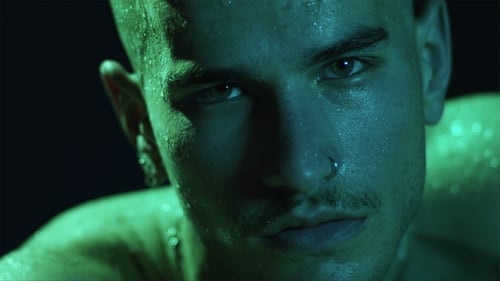
Wayward Canadian, Matthew, crushed by the isolation of being new to Berlin, turns his sexual desires toward Matthias that spiral into a dark fixation of assumed identity. Soon, this obsessive power struggle between the two, careens toward brutal passion and violence in a bid for dominance.
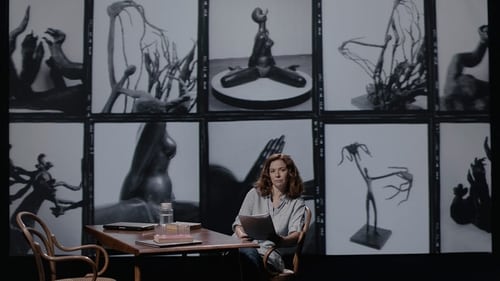
An examination of the relationship between the life and art of Maria Martins, now recognized as one of the greatest Brazilian sculptors, in addition to her engravings and texts. The film reveals the greatness of her work and her boldness when dealing directly with the feminine perspective of sexuality, a transgression that led to attacks by Brazilian critics. In parallel, her life as the wife of an important diplomat and her connection to Marcel Duchamp, in a relationship of mutual collaboration between the two artists.

Short documentary of David Lynch building a lamp.
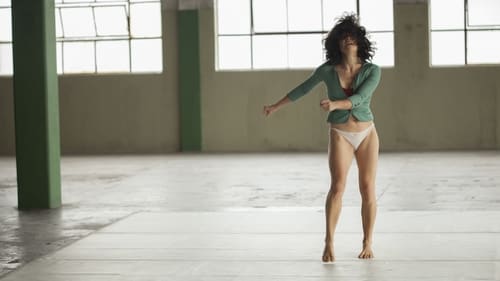
The trajectory of a romantic couple of contemporary artists reveals how the limits, contradictions and obsessions of a romantic relationship are reflected in each of their artistic endeavors.
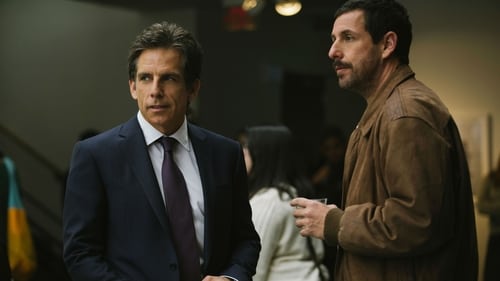
Los tres hijos, ya adultos, de un arisco artista neoyorquino se enfrentan a la difícil relación que tienen con su padre y entre ellos. La familia tenía a sus miembros separados, pero se reúnen para un evento que celebra la obra artística de su padre. Allí surgirán conflictos familiares.

Filmmakers Laura Mulvey and Mark Lewis use rare archival footage and interviews with artists, art historians, and museum directors to examine the fate of Soviet-era monuments during successive political regimes, from the Russian Revolution through the collapse of communism. Mulvey and Lewis highlight both the social relevance of these relics and the cyclical nature of history. Broadcast on Channel Four as part of the 'Global Image' series (1992-1994).

Documentary examining the work of sculptor Richard Lippold, particular his sculpture of the sun at the Metropolitan Museum of Art.

Mindy Alper es una torturada y brillante artista de 56 años representada por una de las galerías más importantes de Los Ángeles. Sus problemas mentales la han obligado a pasar mucho tiempo en instituciones psiquiátricas, incluso a vivir un periodo de 10 años sin poder hablar. Sin embargo, ha sido capaz de producir un gran número de obras que expresan su estado emocional con una precisión psicológica increíble.

A través de las entrevistas con diferentes personas vinculadas con la obra y la vida de Oteiza, este documental pretende desentrañar aspectos fundamentales de su obra.

